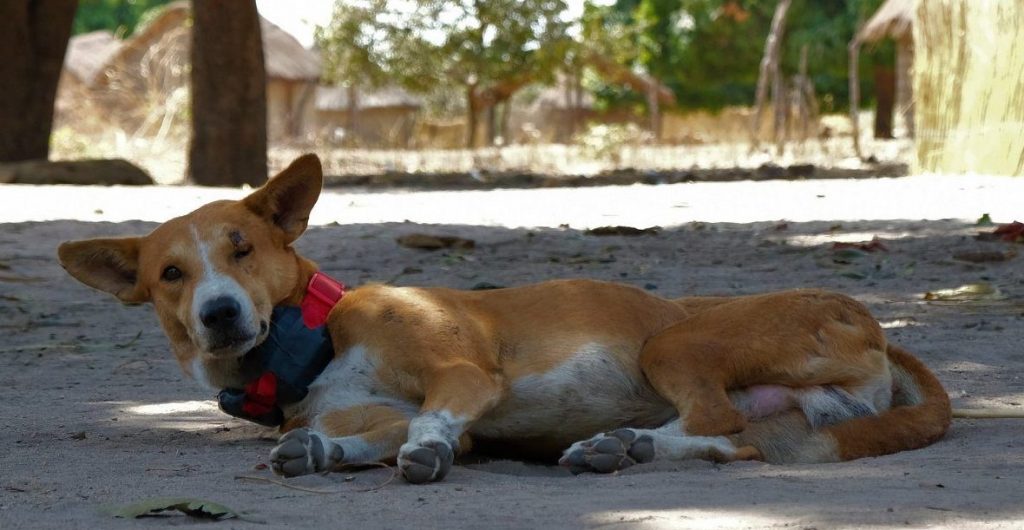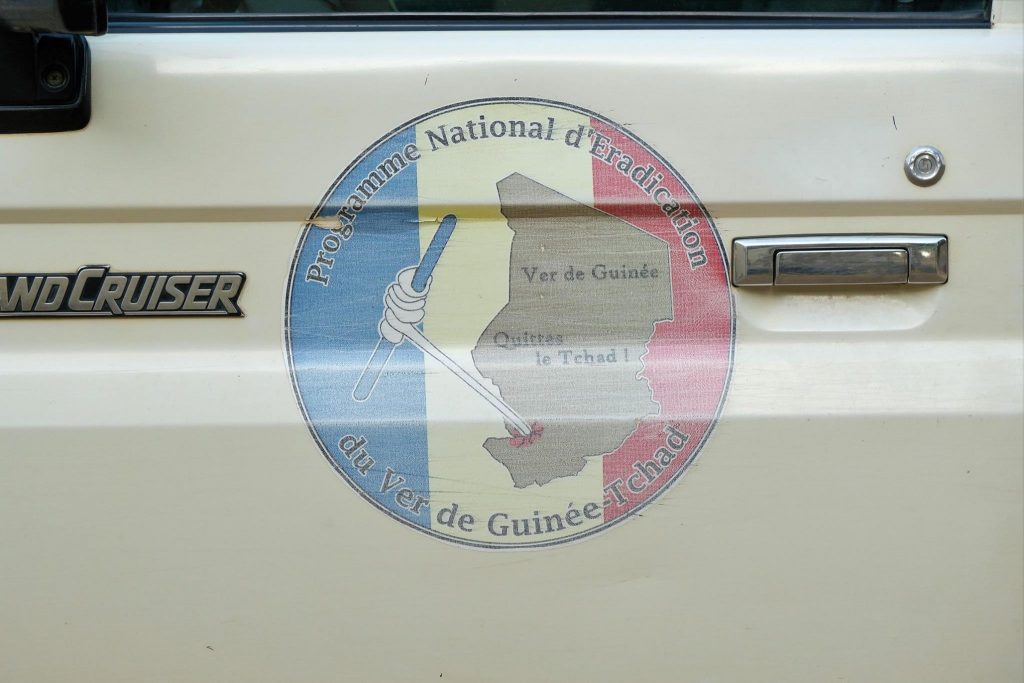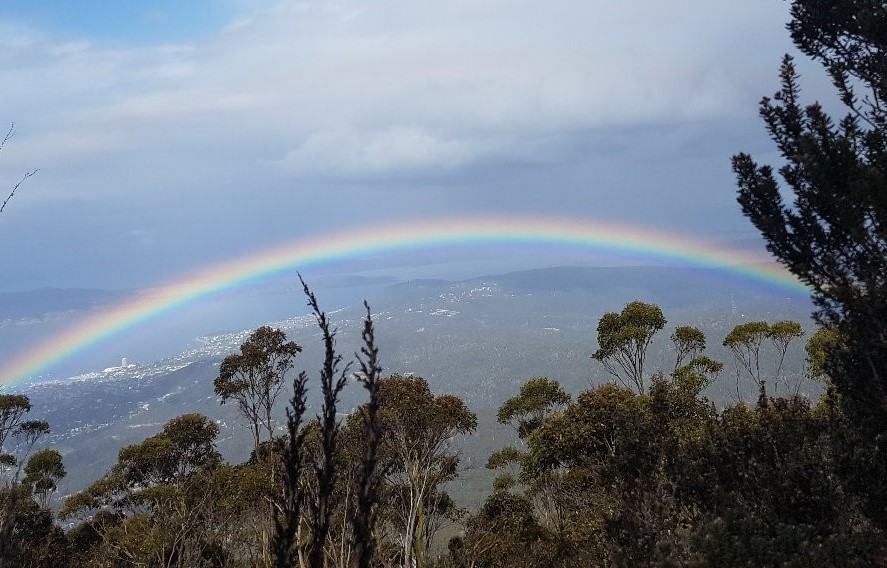My research has focused on informing the management of emerging diseases (rabies, Guinea worm and COVID-19), with the aspiration to further contribute to and integrate into the One Health community.
I have extensive field experience in Africa (Zambia, South Africa, Ethiopia and Chad), and more recently coordinated investigations into human behaviour and infection risk in a London hospital. I have experience using various analytical tools including linear mixed models, generalized additive models, network analyses, continuous time movement models and GIS.
In Oct 2023 I will start a research and education post as a lecturer in wildlife sciences at the University of Exeter.
Click the images below to find out more about my research.
Publication List
Nosocomial transmission of COVID-19
2020 – 2023
Shortly after the COVID-19 pandemic kicked off I started a post-doc with Ed Manley at Leeds University. In collaboration with Eleni Nastouli at UCL hospital I worked on the SAFER project, investigating risk factors for the transmission of COVID-19 in hospitals. This work was later extended as part of the i-sense consortium.
The Social and Spatial Ecology of Free-ranging Dogs
2015 – 2020
 I completed my PhD with Robbie McDonald in the Wildlife Science Research Group at Exeter University. I investigated the social and spatial ecology of free-ranging domestic dogs in rural Africa with the aim of informing the management of dog-mediated diseases e.g. rabies and Guinea worm.
I completed my PhD with Robbie McDonald in the Wildlife Science Research Group at Exeter University. I investigated the social and spatial ecology of free-ranging domestic dogs in rural Africa with the aim of informing the management of dog-mediated diseases e.g. rabies and Guinea worm.
Guinea Worm Eradication Program
2016 – 2019

Alongside my PhD I worked on the global campaign to eradicate Guinea worm, investigating the ecology of free-ranging domestic dogs in relation to Guinea worm infection. I conducted work in Chad and Ethiopia, producing reports for The Carter Center and World Health Organisation.
Camouflage in Ground Nesting Birds
2012 – 2014

After my undergraduate I joined Martin Steven’s Sensory Ecology Group as a research assistant. We worked on a project investigating the camouflage and survival of ground nesting birds (plovers & nightjars) in Zambia and South Africa.
